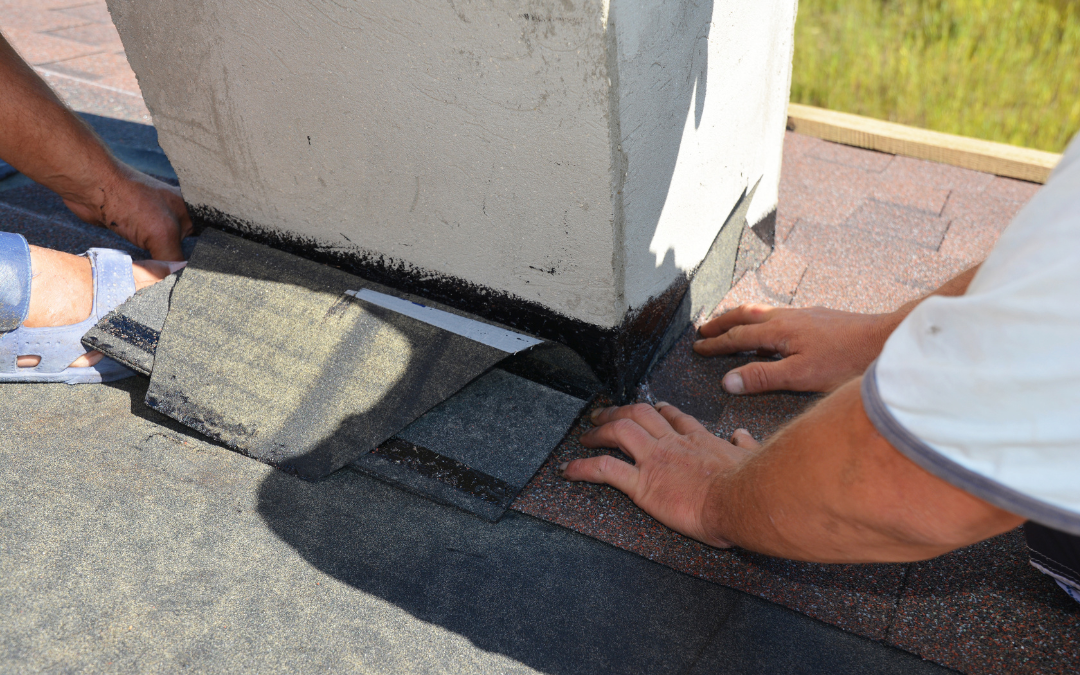Exploring the Different Types of Roof Flashing: A Comprehensive Guide

Understanding Different Types of Roof Flashing and Their Applications
In this comprehensive guide, we’ll explore the different types of roof flashing and their specific applications, helping you choose the right solution for your roofing needs. Roof flashing plays a vital role in protecting your home from water intrusion and leaks. However, not all flashing is created equal. Whether you’re embarking on a new roofing project or planning to replace existing flashing, understanding the various options available is key to ensuring a watertight seal and long-lasting protection for your home.
Types of Roof Flashing
Roof flashing plays a crucial role in keeping your home dry and protected from the elements. Understanding the various types of roof flashing can help you make informed decisions about your roofing needs. From traditional materials like metal and aluminum to modern solutions such as rubber and plastic, each type offers unique benefits tailored to different roofing scenarios. Whether it’s chimney flashing, valley flashing, or drip edge flashing, selecting the right material and design ensures optimal performance and longevity for your roof. Explore the diverse options available and invest in quality flashing to safeguard your home against leaks and water damage.

Step Flashing
Step flashing is commonly used to protect the intersection between the roof and vertical surfaces, such as walls or dormers. Each piece of step flashing is installed overlapping the shingles and under the siding, providing a barrier against water intrusion.
Valley Flashing
Valley flashing is installed in roof valleys, where two sloping roof planes meet. It channels water away from the valley to prevent pooling and potential leaks. Valley flashing is typically made of metal and is crucial for maintaining the integrity of your roof in areas prone to heavy rainfall.


Valley Flashing
Valley flashing is installed in roof valleys, where two sloping roof planes meet. It channels water away from the valley to prevent pooling and potential leaks. Valley flashing is typically made of metal and is crucial for maintaining the integrity of your roof in areas prone to heavy rainfall.

Chimney Flashing
Chimney flashing is designed to seal the gap between the chimney and the roof. It consists of two main components: base flashing, which is installed against the chimney, and counter flashing, which is embedded into the chimney mortar joints and overlaps the base flashing. Proper chimney flashing prevents water from seeping into the roof system around the chimney.
Vent Pipe Flashing
Vent pipe flashing is used to seal around vent pipes that protrude through the roof, such as plumbing vents or exhaust vents. It typically consists of a rubber boot that fits tightly around the vent pipe and is secured to the roof deck, creating a watertight seal.


Vent Pipe Flashing
Vent pipe flashing is used to seal around vent pipes that protrude through the roof, such as plumbing vents or exhaust vents. It typically consists of a rubber boot that fits tightly around the vent pipe and is secured to the roof deck, creating a watertight seal.

Drip Edge Flashing
Drip edge flashing is installed along the edges of the roof to direct water away from the fascia and prevent it from seeping under the roofing material. It also helps protect the roof deck from water damage and deterioration.
Eave Flashing
Eave flashing, also known as starter flashing, is installed along the eaves of the roof to prevent water from penetrating the roof deck at the edges. It provides an additional layer of protection against wind-driven rain and ice dams.


Eave Flashing
Eave flashing, also known as starter flashing, is installed along the eaves of the roof to prevent water from penetrating the roof deck at the edges. It provides an additional layer of protection against wind-driven rain and ice dams.
Choosing the Right Roof Flashing
When selecting roof flashing for your project, consider factors such as the roof slope, climate, and the type of roofing material being used. Additionally, ensure that the flashing is compatible with other roofing components and installed according to manufacturer guidelines for optimal performance.
By understanding the different types of roof flashing and their applications, you can make informed decisions to safeguard your home against water intrusion and leaks. Whether you’re tackling a DIY roofing project or seeking professional assistance, choosing the right flashing is essential for ensuring the longevity and integrity of your roof.
Ready to explore your options and protect your home with quality roof flashing? Contact Twin Peaks Roofing & Construction today for expert guidance and installation services. Trust our experienced team to deliver superior craftsmanship and unmatched customer service. Call us at (330) 608-6966 or (330) 906-0295 or visit https://twinpeaksroofs.com/our-services/ to learn more about our comprehensive roofing solutions.
Empower yourself with knowledge and make the right choice for your roof flashing needs. Your home deserves the best protection against water intrusion, and with the right flashing, you can enjoy peace of mind knowing that your roof is safeguarded for years to come.
